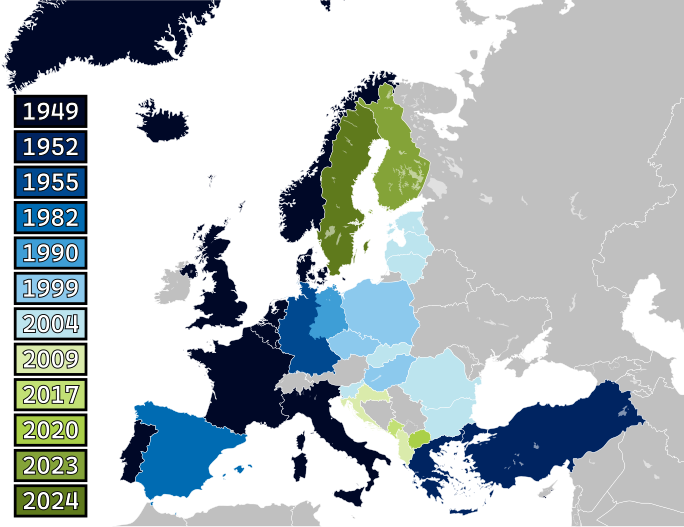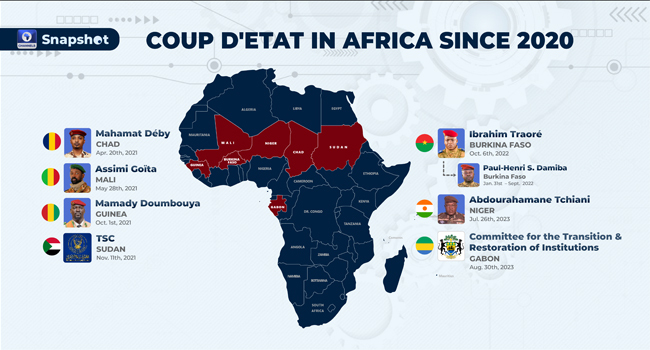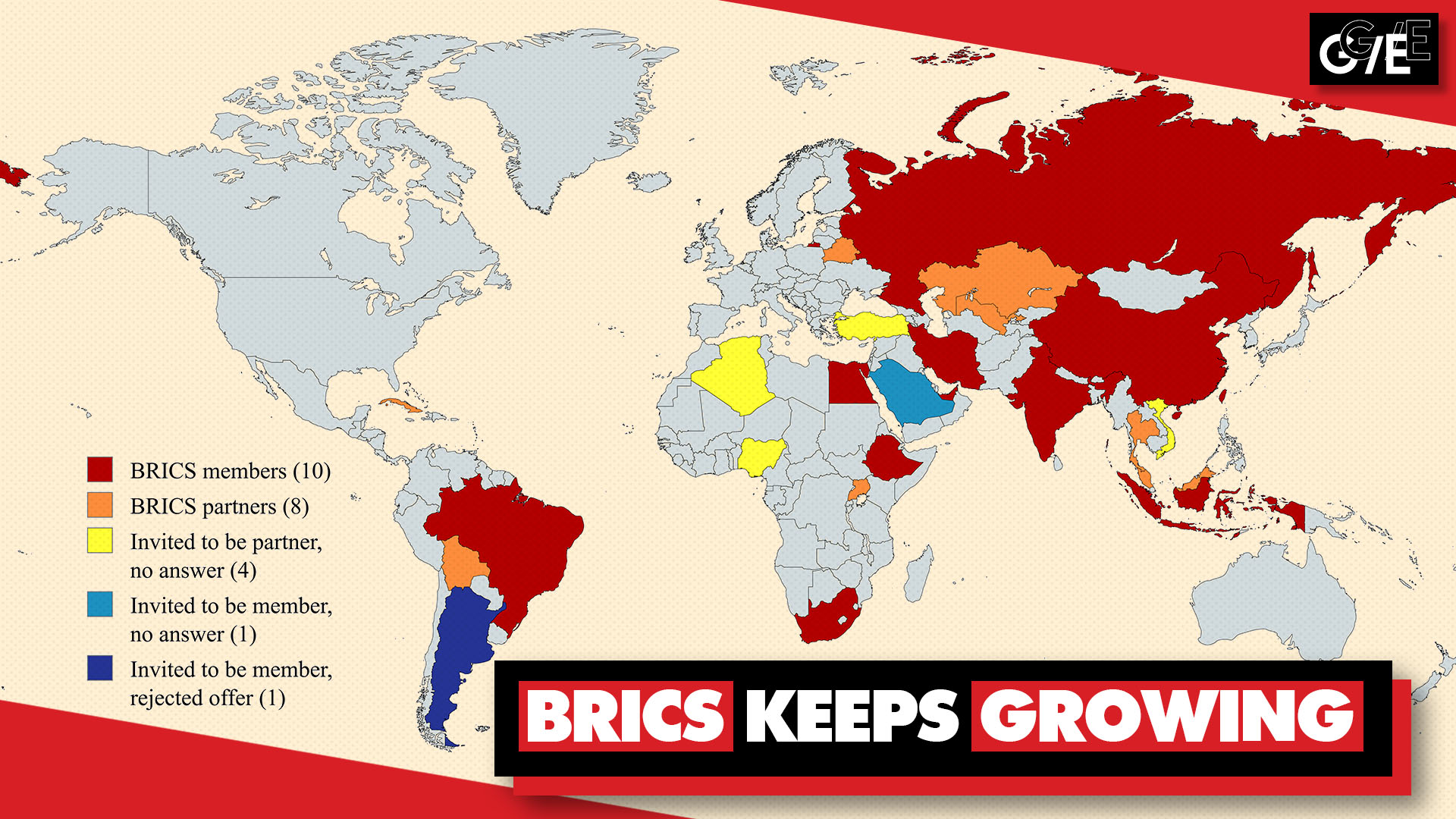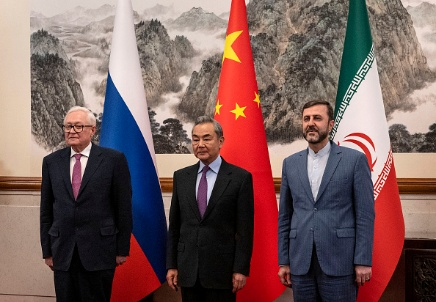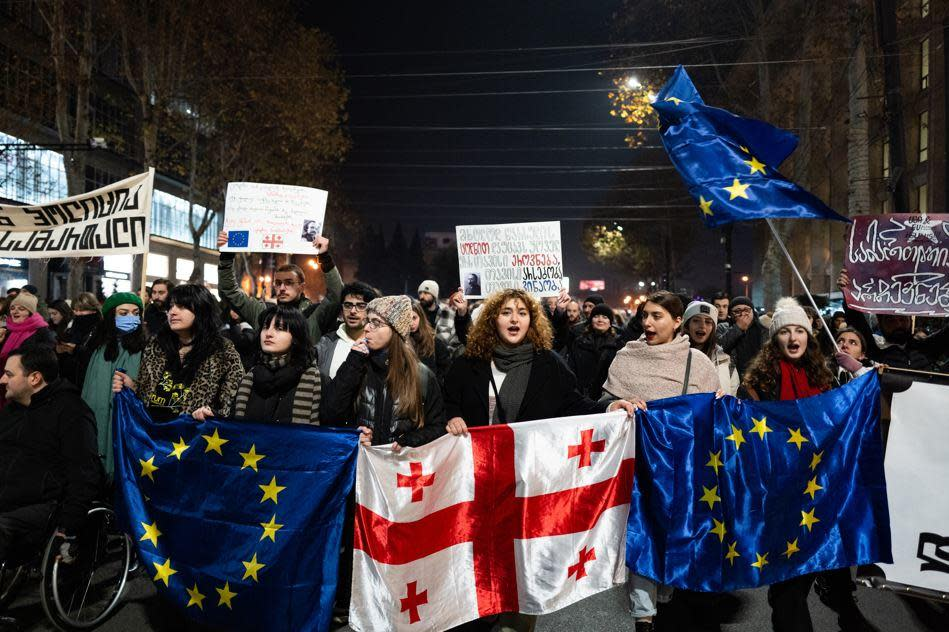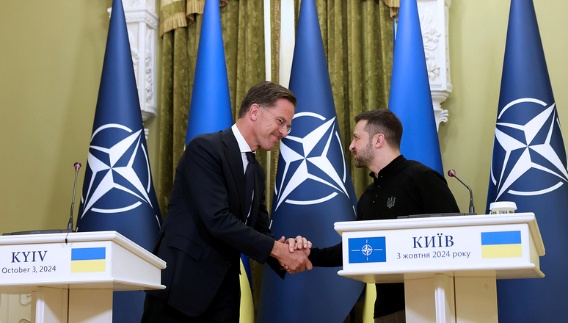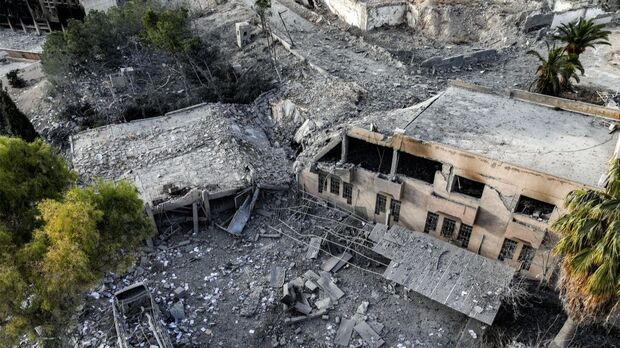
U.S. Military Aid to Ukraine: Navigating Challenges and Strategic Implications
Two years after Russia’s full-scale invasion of Ukraine, the United States is grappling with the issue of maintaining support for Kyiv. As a new assistance package remains stalled in Congress, the debate over U.S. military aid to Ukraine is intensifying. This article explores the factors behind the holdup, the historical context of U.S. aid, the political dynamics at play, and the potential consequences for the ongoing conflict in Ukraine.
Current Situation and Legislative Stalemate
Since the onset of the Russian invasion in February 2022, Ukraine has relied heavily on unprecedented amounts of military and economic support from the U.S. and European allies. The U.S. alone has committed approximately $44.2 billion in military aid and $26 billion in economic support to Ukraine. However, the current assistance package, which includes tens of billions of dollars for new weapons shipments and other forms of aid, is facing significant obstacles in Congress.
A small but influential group of Republican skeptics, encouraged by former President Donald Trump, is blocking the passage of the aid package. This faction has considerable sway over House Speaker Mike Johnson, who controls which bills are brought to the floor for a vote. Despite a bipartisan majority in Congress supporting the aid package, Johnson has shown reluctance to challenge this faction.
Political Dynamics and Influences
The opposition to the aid package appears to be more a manifestation of political allegiance to Trump than a reflection of strong policy preferences. Some opponents argue that the U.S. cannot simultaneously arm Ukraine and deter China, while others claim that Ukraine’s defeat is inevitable even with support. Additionally, there is a contention that the Biden administration must address Republican demands on immigration before the aid package can proceed.
Trump’s own objectives remain somewhat ambiguous, though he has indicated a desire to realign U.S. strategic priorities should he be re-elected. This includes cutting aid to Ukraine and potentially distancing the U.S. from its NATO allies. Trump’s influence is particularly pronounced in the House of Representatives, where a slim Republican majority and the power of the Trump-aligned Freedom Caucus create a challenging environment for passing the aid package.
Historical Context of U.S. Aid to Ukraine
The U.S. has provided substantial military aid to Ukraine through two primary mechanisms: the Presidential Drawdown Authority and the Ukraine Security Assistance Initiative. The Presidential Drawdown Authority allows the president to transfer Department of Defense stocks to other nations in emergencies. Since 2021, this authority has facilitated $23.9 billion worth of U.S. military equipment transfers to Ukraine.
The Ukraine Security Assistance Initiative, established in 2015 and expanded in 2022 and 2023, enables the Secretary of Defense to provide security assistance to Ukraine through contracts with private firms. This initiative has accounted for approximately $19 billion in military aid during fiscal years 2022-2024, with most funds directed to U.S. defense contractors.
The Biden Administration’s Request and Congressional Challenges
In October 2023, the Biden administration requested Congress to fund a $106 billion supplemental package, including $18 billion to replenish Department of Defense stocks and $12 billion for the Ukraine Security Assistance Initiative. Despite the urgency of the request, Congress has yet to approve the package, largely due to political polarization and opposition within the Republican Party.
In January 2024, the Biden administration indicated that existing funds for military assistance to Ukraine were nearly exhausted. Although approximately $4 billion remains under the drawdown cap, the Department of Defense considers it risky to continue dipping into U.S. weapons stocks without additional funding to replenish them. Without new appropriations, the administration has announced that no new tranches of military aid will be provided.
Potential Consequences of Aid Shortages
If the U.S. fails to provide additional military aid to Ukraine, Kyiv may struggle to sustain its defense efforts. Despite significant losses, Russia currently has the momentum and is pressing Ukrainian defenses. Supply shortages, compounded by Washington’s failure to pass supplemental funding and slow defense production ramp-ups, are forcing Ukraine to ration ammunition and make difficult choices about which areas to defend.
Ukraine’s Defense Minister has expressed concern about artillery shell shortages, highlighting the critical need for more ammunition and equipment. Without sufficient aid, Ukraine’s ability to defend against Russian offensives and maintain strategic positions will be severely compromised, potentially leading to further territorial losses.
Breaking the Congressional Logjam
While there are theoretical ways to advance the aid package, none offer a reliable solution. Options include using a discharge petition to bypass Speaker Johnson or incorporating the aid package into an omnibus bill for government spending. However, these methods face significant procedural and political hurdles, and the likelihood of success remains uncertain.
If Congress fails to act, the Biden administration has limited options to provide minimal security assistance to Ukraine through existing authorities and mechanisms. These efforts, however, would fall far short of the support needed to sustain Ukraine’s defense capabilities.
International and European Support
Other countries, particularly European allies, face challenges in matching the scale and speed of U.S. military aid. Although European military aid allocations are substantial, the U.S. has vast stockpiles and quicker contracting processes. Europe has also struggled with internal disputes over funding allocations and procurement priorities.
German Chancellor Olaf Scholz has emphasized the indispensability of U.S. support, highlighting the difficulties Europe would face in replacing American aid. Nonetheless, European nations must increase their efforts to support Ukraine, including digging deeper into national stockpiles, placing procurement orders, and buying ammunition on the international market.
The debate over U.S. military aid to Ukraine underscores the complexities and challenges of maintaining support for Kyiv amidst political polarization and shifting strategic priorities. While the immediate passage of the aid package remains uncertain, the consequences of inaction are clear: without additional support, Ukraine’s ability to defend itself and resist Russian aggression will be severely weakened.
As the situation evolves, it is crucial for both U.S. and European leaders to find ways to break the legislative deadlock and ensure continued support for Ukraine. The stakes are high, not only for Ukraine’s sovereignty and territorial integrity but also for the broader stability and security of Europe.



